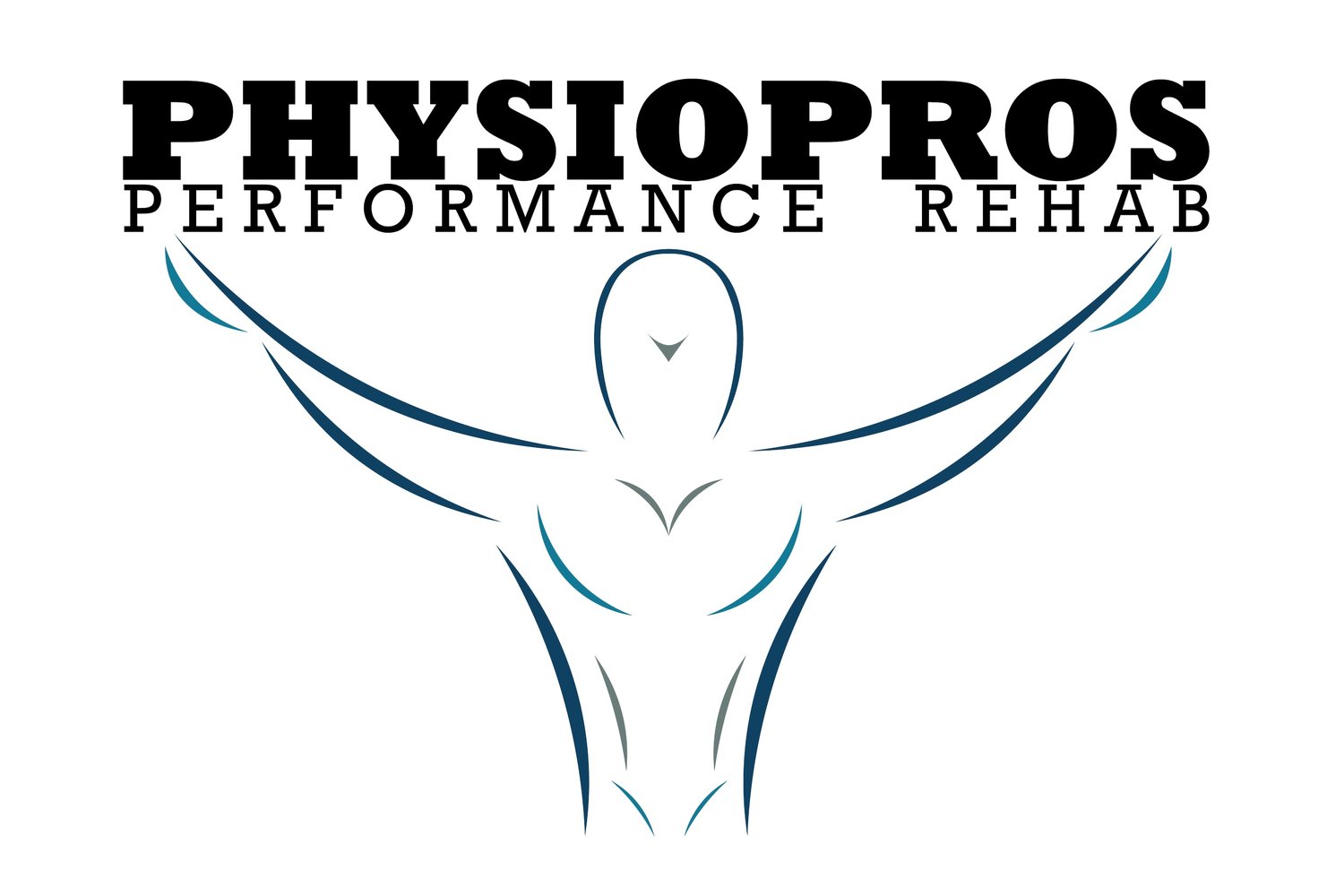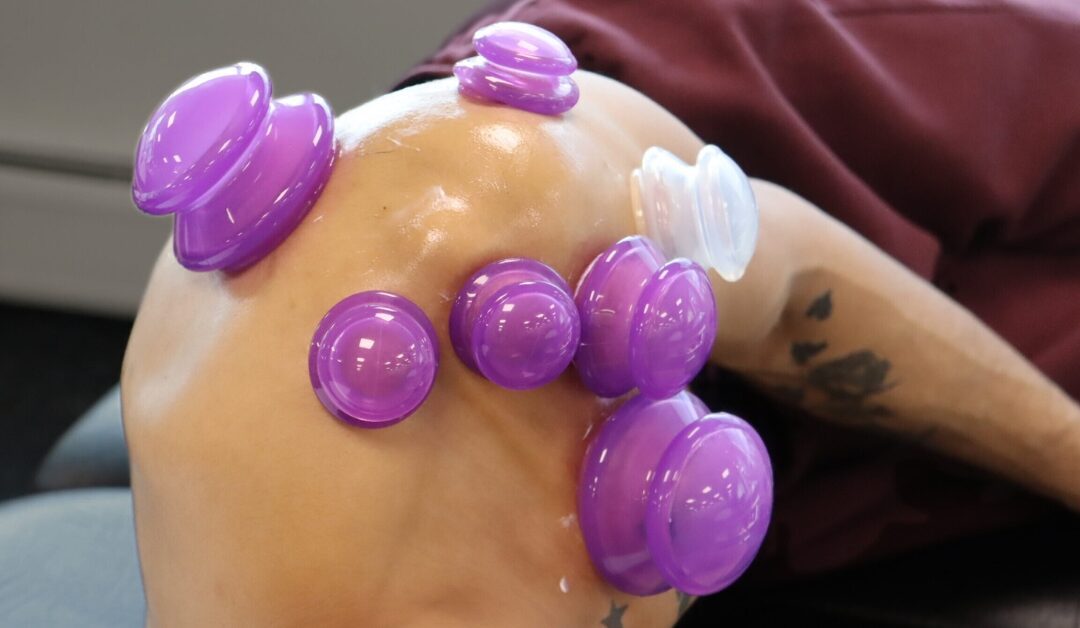Understanding Bruising from Cupping Therapy: Causes and Benefits
Welcome to the Physiopros Performance Rehab blog! Today, we’re going to be diving into the world of cupping therapy, a treatment that’s gaining popularity for its many health benefits. If you’ve ever heard of cupping, you might know that it can leave some pretty noticeable bruises. Don’t worry, these bruises are usually a normal part of the process. In this post, we’ll explain why bruising happens, how cupping can help your body, and what you can do to take care of those bruises. Let’s get started!
What is Cupping Therapy?
First off, cupping therapy is an ancient practice that has been around for thousands of years. It started in places like China and Egypt and has made its way into modern wellness routines. But what exactly is it?
Simply put, cupping involves placing special cups on your skin to create a suction. This suction pulls the skin and muscles upward. There are a few different types of cupping:
Dry cupping: This is the most common type. The cups are placed on your skin and left there for a few minutes.
Wet cupping: This involves a small incision on the skin before the cup is placed, allowing some blood to be drawn out. It’s less common and should only be done by trained professionals.
The cups used can be made of glass, silicone, or even bamboo. At Physiopros Performance Rehab located in Parsippany, NJ, we specialize in the dry cupping technique and use safe and hygienic equipment to ensure you get the best results from your therapy. Curious too see what cupping therapy looks like, check out the following video: Cupping at Physiopros
So, why do people choose cupping? The suction helps improve blood flow, reduce muscle tension, and promote healing. Many people find it helps with pain relief and relaxation. While it might look a bit unusual, cupping has proven benefits that keep people coming back for more.
Why Does Bruising Happen?
To clarify, when you get cupping therapy, the suction created by the cups pulls blood to the surface of your skin. This process can cause bruising, which is completely normal. The bruises might look dramatic, but they usually don’t hurt much and will fade over time.
Here’s why bruising happens:
Suction Effect: The cups create a vacuum that draws blood to the skin’s surface. This increased blood flow helps to release tension in muscles and promote healing, but it also causes the skin to change color temporarily.
Blood Vessels: The suction can cause tiny blood vessels under the skin to break, leading to the bruised appearance. This is your body’s natural response and part of the healing process.
Also, it’s important to remember that bruising from cupping is different from a regular bruise you might get from bumping into something. Cupping bruises are usually painless and just a sign that the therapy is working to improve your circulation and health.
At Physiopros Performance Rehab, we make sure to explain this process to our clients so there are no surprises. Understanding why bruising happens can help you feel more comfortable and confident about trying cupping therapy.
Benefits of Cupping Therapy Despite Bruising
Even though bruising might seem like a drawback, the benefits of cupping therapy far outweigh this temporary side effect. Here are some key advantages that make cupping therapy worthwhile:
Improved Blood Flow: The suction created by the cups increases blood circulation in the treated areas. Better blood flow means more oxygen and nutrients reach your muscles, helping them recover and function more effectively.
Muscle Relaxation: Cupping helps to loosen tight muscles and relieve tension. This can be especially beneficial for athletes or anyone dealing with muscle pain and stiffness.
Pain Relief: Many people find that cupping provides significant pain relief. It’s often used to treat conditions like back pain, neck pain, and migraines.
Detoxification: The increased blood flow also helps to draw out toxins and stagnant blood from your body. This can boost your overall health and wellness.
Stress Reduction: Cupping therapy can be very relaxing. The process helps to calm the nervous system, reduce stress, and promote a sense of well-being.
Here, at our physical therapy office, we see many clients who are thrilled with the results of their cupping sessions. They often report feeling less pain, more relaxed muscles, and an overall improvement in their physical condition. The bruising might be a bit surprising at first, but it’s a small price to pay for such significant health benefits.
FAQ
- Is it normal for cupping bruises to hurt?
- Mild discomfort is normal, but the bruises from cupping usually don’t hurt much. If you experience severe pain, it’s best to consult your physical therapist.
- How long do cupping bruises last?
- Cupping bruises typically last anywhere from 3 to 10 days. The duration can vary depending on your skin type and overall health.
- Can I prevent bruising from cupping?
- While bruising is a normal part of cupping, you can minimize it by staying hydrated and following the care tips provided by your therapist.
- Are there any people who shouldn’t get cupping therapy?
- Yes, certain conditions might make cupping unsuitable for some individuals. These include people with bleeding disorders, skin infections, or certain chronic diseases. Always consult with your physical therapist about any underlying conditions.
- How often can I get cupping therapy?
- The frequency of cupping sessions depends on your individual needs and goals. Generally, sessions can be spaced out by a few weeks. At Physiopros Performance Rehab, we create a personalized plan for you.
If you have more questions or concerns about cupping therapy, feel free to reach out to us at Physiopros Performance Rehab. We’re here to help you understand and make the most of your treatment.
Conclusion:
In conclusion, bruising from cupping therapy might look alarming at first, but it’s actually a normal and temporary part of the healing process. This ancient treatment offers a range of benefits, from improved blood flow and muscle relaxation to pain relief and stress reduction.
Remember, bruises from cupping are usually harmless and will fade in a few days. By following our care tips, you can minimize any discomfort and make the most of your treatment. If you ever have concerns or questions, don’t hesitate to reach out to us.
We hope this blog has helped you understand more about cupping therapy and the reasons behind the bruising. For more information on everything regarding cupping, visit our services page by clicking on the following link: Cupping Services. Feel free to share your cupping experiences or ask questions in the comments below. If you’re interested in trying cupping therapy, fill out the contact form to schedule a consultation now with one of our experts at Physiopros Performance Rehab or call us at 973-265-8621. We look forward to helping you on your wellness journey!


Trackbacks/Pingbacks